In ‘Ghettoside,’ an Indictment of the Criminal Justice System
In her new book, reporter Jill Leovy tackles a subject usually ignored by progressives, black-on-black murders, and she explains how the U.S. criminal justice system too often treats them as not worth solving. In her new book, Jill Leovy tackles black-on-black murder, explaining how the criminal justice system too often treats it as unimportant.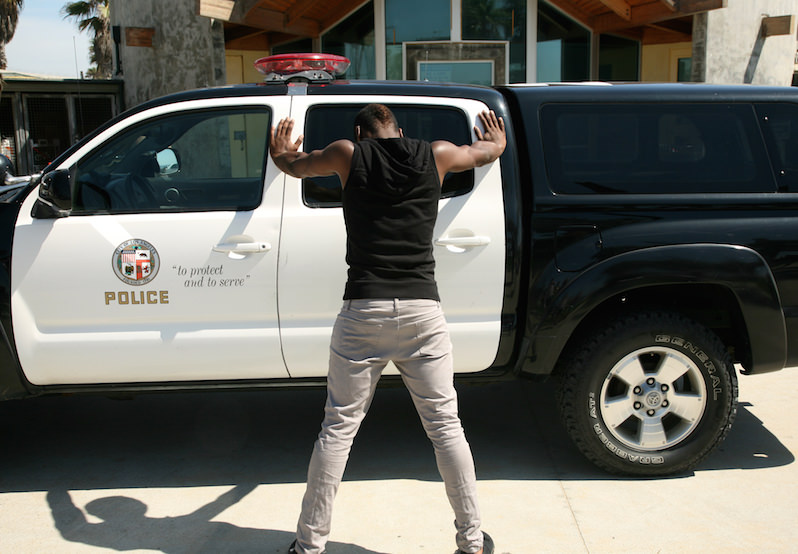 Shutterstock
Shutterstock
In a powerful new book, “Ghettoside: a True Story of Murder in America,” reporter Jill Leovy courageously delves into a subject that progressive people tend to avoid: black-on-black homicide. With skilled, determined reporting and elegant writing, she tells the stories of several victims, their families, their killers and the unappreciated police detectives trying to solve the crimes.
The book’s title, “Ghettoside,” is a word picked up by a police officer from a gang member who uses it to describe his South Los Angeles neighborhood. “The term captured the situation nicely,” Leovy writes, “mixing geography and status with the hustler’s poetic precision and perverse conceit. It was both a place and a predicament, and gave a name to that otherworldly seclusion that all the violent black pockets of the county had in common.”
Leovy, a Los Angeles Times reporter, began her journey through ghettoside in 2001 when the newspaper assigned her to the police beat. Rather than considering it a dead end or a brief stop on the way to the major leagues, as most journalists do, Leovy chose to see the assignment as an opportunity to do real reporting—and to do some good. After a year or two, she persuaded the Los Angeles Police Department to give her a desk in the detectives’ room in the 77th Street Division, in the heart of ghettoside. For the next several years, she trailed the detectives, interviewed South L.A. residents, compiled statistics and, for two years, wrote the Times’ Homicide Report, recording every homicide in Los Angeles County. She worked mostly out of her 2001 Ford Escort. “I carried a police radio, went to crime scenes, talked up people I met on the street and got to know police officers,” she writes.
I know the territory she describes, having visited South L.A. many times over the years as a Los Angeles Times reporter and columnist. I reported on politics, prostitution and drug-dealing near churches and schoolyards, successful community organizing campaigns, rundown schools, and inadequate health care. I also covered the destructive 1992 riot and the way the Police Department and the rest of the criminal justice system mistreated and marginalized African-Americans. I know the challenges that Leovy faced as a white reporter. I, too, have had conversations with black women and men suspicious of my white face and of my employer.
Leovy also tackles the huge challenge of writing about a subject too often shoved into the closet. While the crime rate has plummeted in Los Angeles County in the early part of this century, she writes, “the disparity between black male death rates and those of everyone else remained nearly as large as ever. No matter how much crime dropped, the American homicide problem remained maddeningly, mystifyingly, disproportionately black.” (Leovy’s exhaustive notes in the back of the book support this claim.)
“Despite so much evidence of a particularly black homicide problem, however, there was relatively little research or activism specific to black-on-black murder. … By the early 21st Century, popular consensus held that any emphasis on high rates of black criminality risked invoking the stigma of white racism. So people were careful about how they spoke of it.
“Researchers describe skirting the subject for fear of being labeled racist. Activists have sought to minimize it.” However, she quotes Randall Kennedy, a distinguished black legal scholar and Harvard Law School faculty member, as saying, “It does no good to pretend that blacks and whites are similarly situated with respect to either rates of perpetration or rates of victimization. They are not. The familiar dismal statistics and the countless tragedies behind them are not figments of some Negrophobe’s imagination.”
Leovy’s argument is that black-on-black homicide continues because law enforcement won’t put in the effort to solve the murders because many officers are content with racking up high statistics from stop-and-frisks and other useless tactics. “This is a book about a very simple idea: where the criminal justice system fails to respond vigorously to violent injury and death, homicide becomes endemic. …” she writes. “Explicitly confronting the reality of how murder happens in America is the first step toward deciding that it is not acceptable, and that for too long black men have lived inadequately protected by the laws of their own country.”
“Take a bunch of teenage boys from the whitest, safest suburb in America,” Leovy says, “and plunk them down in a place where their friends are murdered, and they are constantly attacked and threatened. Signal that no one cares and fail to solve the murders. Then see what happens.”Although she has done plenty of research, Leovy proves her point in the way that a great urban reporter does — on the streets. She takes us along as she follows John Skaggs, a homicide detective for 20 years, and his colleagues. “It might be said of him that he was not just white but a Caucasian archetype with his blond-and-pink coloring and Scots-Irish features,” Leovy writes of Skaggs. Judged by his looks alone, he is the image of the stereotypical white cop, who rules South L.A. as an occupier, provoking the 1992 riot as well as the one before it, in 1965. But Skaggs is dedicated to solving these black murders. In the book, we meet him after he has solved the killing of a young man named Dovon Harris. “Skaggs had treated the murder of Dovon Harris like the hottest celebrity crime in town,” Leovy says. “He had applied every resource he possessed, worked every angle of the system, and solved it swiftly, unequivocally.”
Skaggs approaches all murders like that. Then he and his colleagues are confronted with a black-on-black killing that, despite their stoic appearances, tears them apart. Bryant Tennelle, the high-school-age son of homicide detective Wally Tennelle, is murdered near the family’s South L.A. home. Leovy’s descriptions are heart-rending as she tells of the killing, the despairing family’s wait at California Hospital, the gathering of police officers at the hospital and at the crime scene to show support for the respected father.
Then the investigation stalls. “There had been no media coverage, to speak of,” Leovy writes. “It seemed to be a burning issue only within the LAPD, and even there it was the preoccupation of a few, John Skaggs, who cared about south-end homicides. And anyone who had ever met Wally Tennelle.”
There is also a turf fight over who is going to run the investigation. Leovy nicely describes the ambition and humanity that mark the competitors and the thinking behind the decision to give the job to Skaggs. The investigation is complicated, and Leovy explains it all clearly. Skaggs’ treatment of a key witness, Jessica Midkeff, illustrates the complexities of a detective’s job. Midkeff is “always teetering on the edge of prostitution, a return to which would have been devastating to the Tennelle case as well as calamitous for her,” Leovy says. “Skaggs needed her safe, sober and alive. So he got involved with her problems.”
She had many problems, and this straight-arrow cop who lives in the suburbs with his wife and children takes them all on. In the end, her testimony is crucial in convicting the killers. After testifying, Leovy writes, “Midkeff stepped down without losing an ounce of self possession. As she passed the bench where Tennelle [the father] sat, on her way out of the courtroom, he whispered to her, ‘Thank you.’ ”
And thanks to Leovy for having the ability and the determination to write this book. She has gone much farther than what’s required by traditional journalism, and she has done good for people ignored by the media and society. She is a crusader without wearing her heart on her sleeve, a journalist who has found hard truth on the streets of South L.A. Like Detective John Skaggs, she marshals her evidence for a conviction—not of a person but of a disgraceful system that treats black-on-black murder as unworthy of notice.
Your support matters…Independent journalism is under threat and overshadowed by heavily funded mainstream media.
You can help level the playing field. Become a member.
Your tax-deductible contribution keeps us digging beneath the headlines to give you thought-provoking, investigative reporting and analysis that unearths what's really happening- without compromise.
Give today to support our courageous, independent journalists.
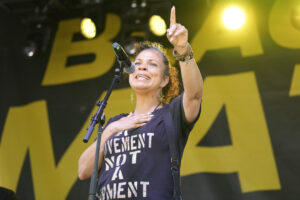
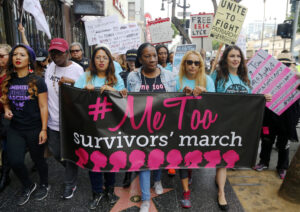

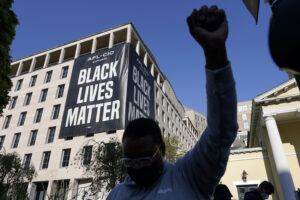
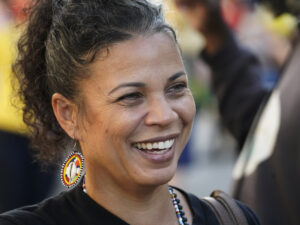
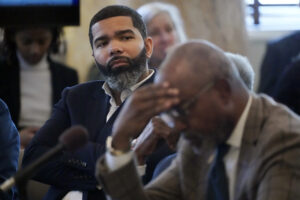
You need to be a supporter to comment.
There are currently no responses to this article.
Be the first to respond.